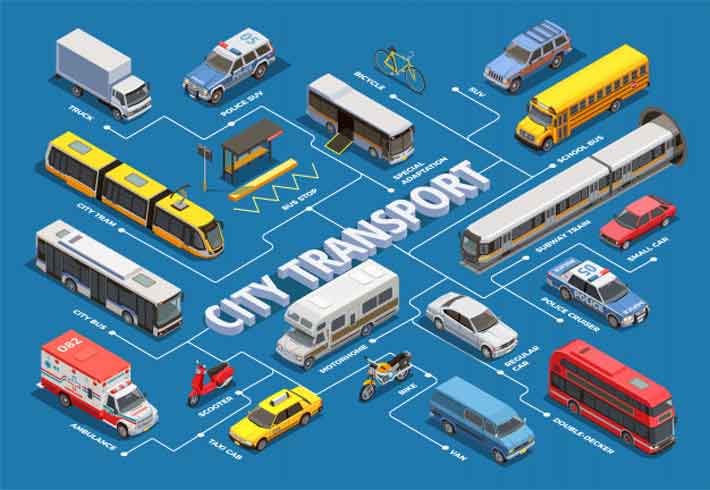Accessible Transport in Paris: Travelling To and Around the French Capital With a Disability

Flying to Paris With a Disability
Paris has two main airports, Charles de Gaulle (Roissy) in the north and Orly in the south. Both are fully equipped for disabled travellers. You can download special plans of the airports and other useful information from the website.
Accessible Transport from Airports to Paris Centre

The RER B train runs direct from Charles de Gaulle terminal 2 to Paris Gare du Nord (main train station) and Les Halles (city centre). There is lift access at all three stations, although wheelchair users must ask an assistant at the help desk for a ramp to aid boarding the train. The assistant will phone ahead and arrange for someone to aid disembarking when you reach your destination station. There is an accessible shuttle train between all three terminals.
From Paris Orly, take the Aeroports de Paris shuttle bus (wheelchair accessible) to Anthony station, then take RER B to Les Halles or the Gare du Nord.
Eurostar: Disabled Access
Travelling between the UK and Paris is easy on the Eurostar. There are four wheelchair spaces on each Eurostar train plus a rather small adapted toilet. Wheelchair users and a companion pay a reduced fare. At the Eurostar stations of St Pancras (London), Ashford and Ebbsfleet International, assistance is always available from the welcome desk.
Note that arrangements are better for wheelchair users than for those with slightly more mobility, so in most cases you’ll be better off staying in your chair for the whole trip. Also note that wheelchair spaces are in the first-class section, so if there are three of you travelling, the third person must either pay for a first-class ticket or sit separately.
Access to Paris RER & Metro

The Paris RER (underground and overland inner-city trains) and metro network is a challenge for those with disabilities, partly because of its age. Also, be aware that lifts are often out of order, so it’s a good idea to call and check in advance.
All stations on RER lines A and B are now accessible to wheelchair users but most require assistance from staff – they help you board with a portable ramp and phone ahead to arrange for someone to meet you at your destination.
The only fully accessible metro line with platform-level entry to trains is line 14, although lines 1 and 2 are partially accessible. Wheelchair signs on transport maps will tell you which stations you can embark and disembark at.
The Infomobi website and telephone service (0810 646464 (within France), +33 1 5244 1255 (from abroad), currently French-only) gives up-to-date information on accessible routes, including whether lifts are working at stations, and call staff can help plan an itinerary.
Accessible River Tours in Paris
One of the most fun ways to explore Paris is by boat. The famous Bateaux Mouches trip up the river Seine is accessible for wheelchair users and offers a discounted rate for disabled visitors (take documental proof), although there is no wheelchair-accessible toilet.
Accessible Taxis in Paris
G7 taxis (+33 1 4739 0091) is a reliable taxi firm dedicated to providing accessible taxi services round the clock. State your exact needs when you call and leave a telephone number if possible.
Useful Access Information on Transport in Paris
The best up-to-date access information in English currently available is on-line. A printed guide will be available from May 2008. The official tourist information website is of little practical use in terms of transport information for disabled travellers.
